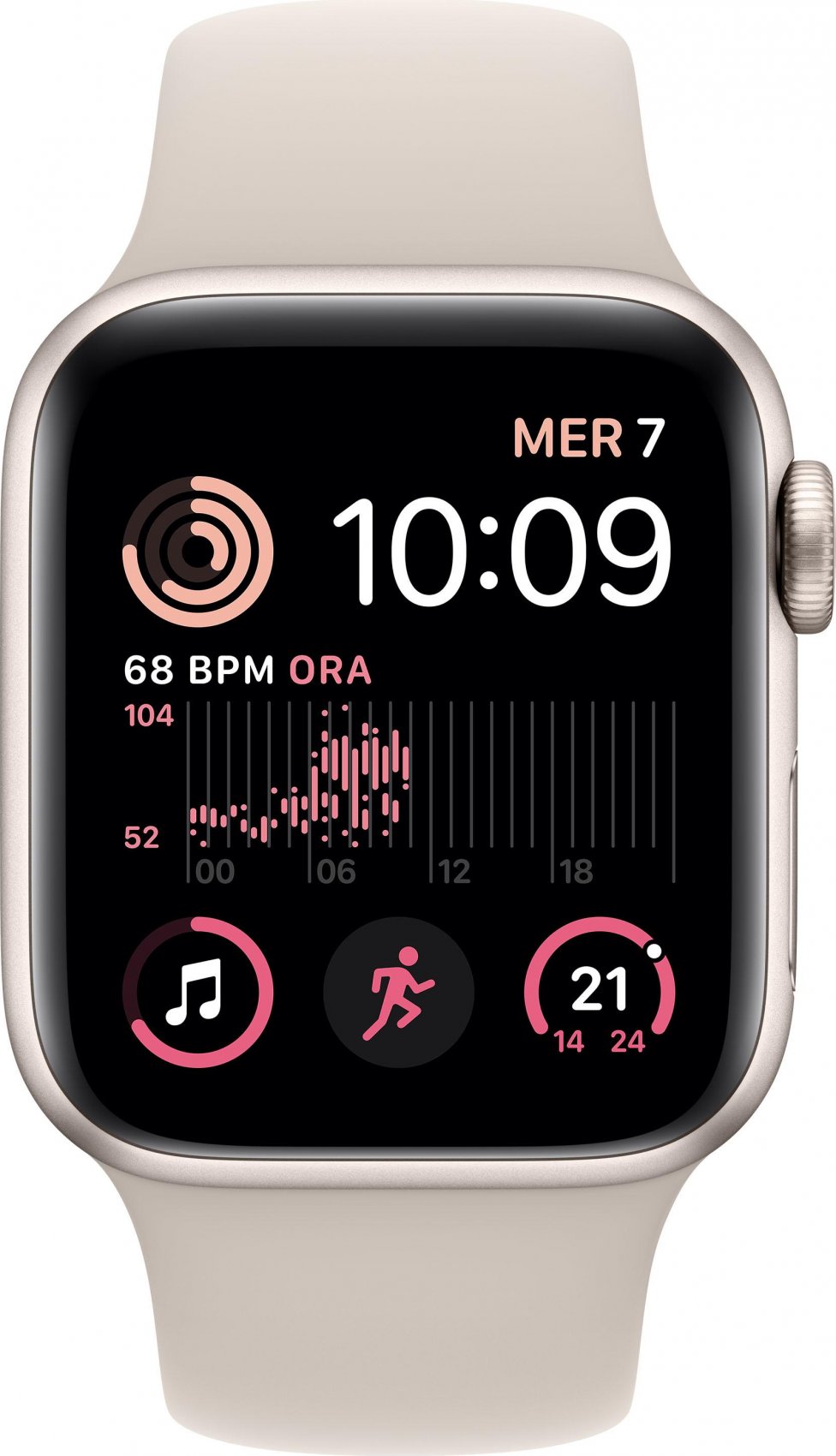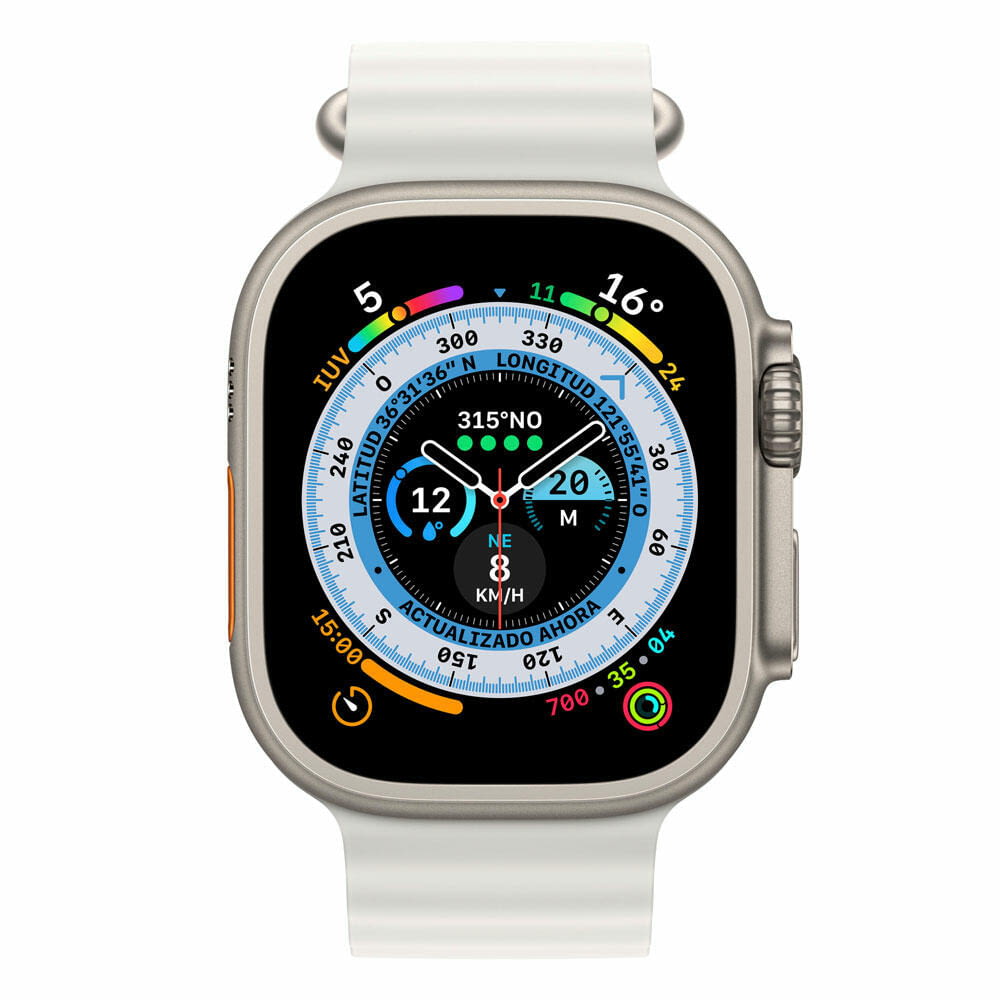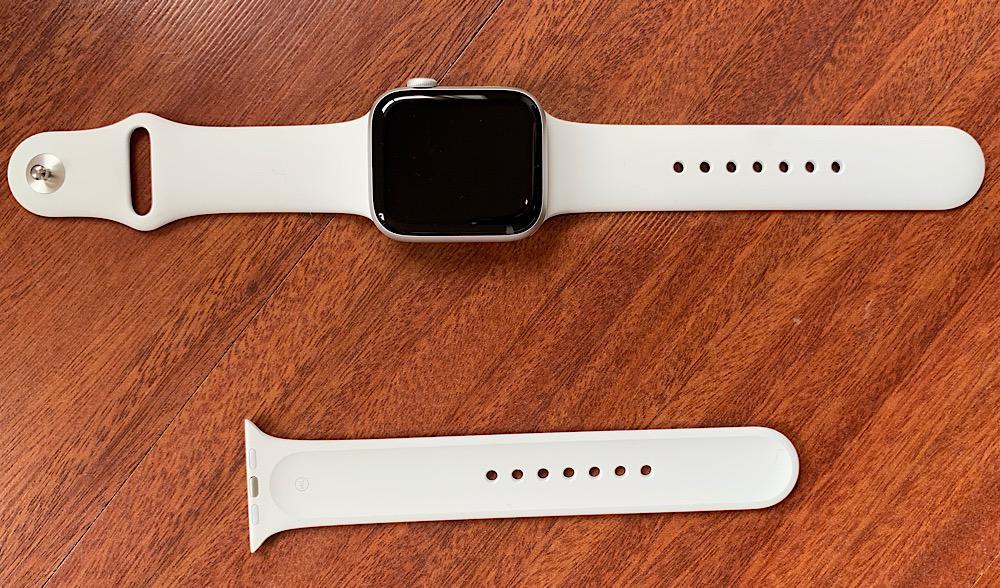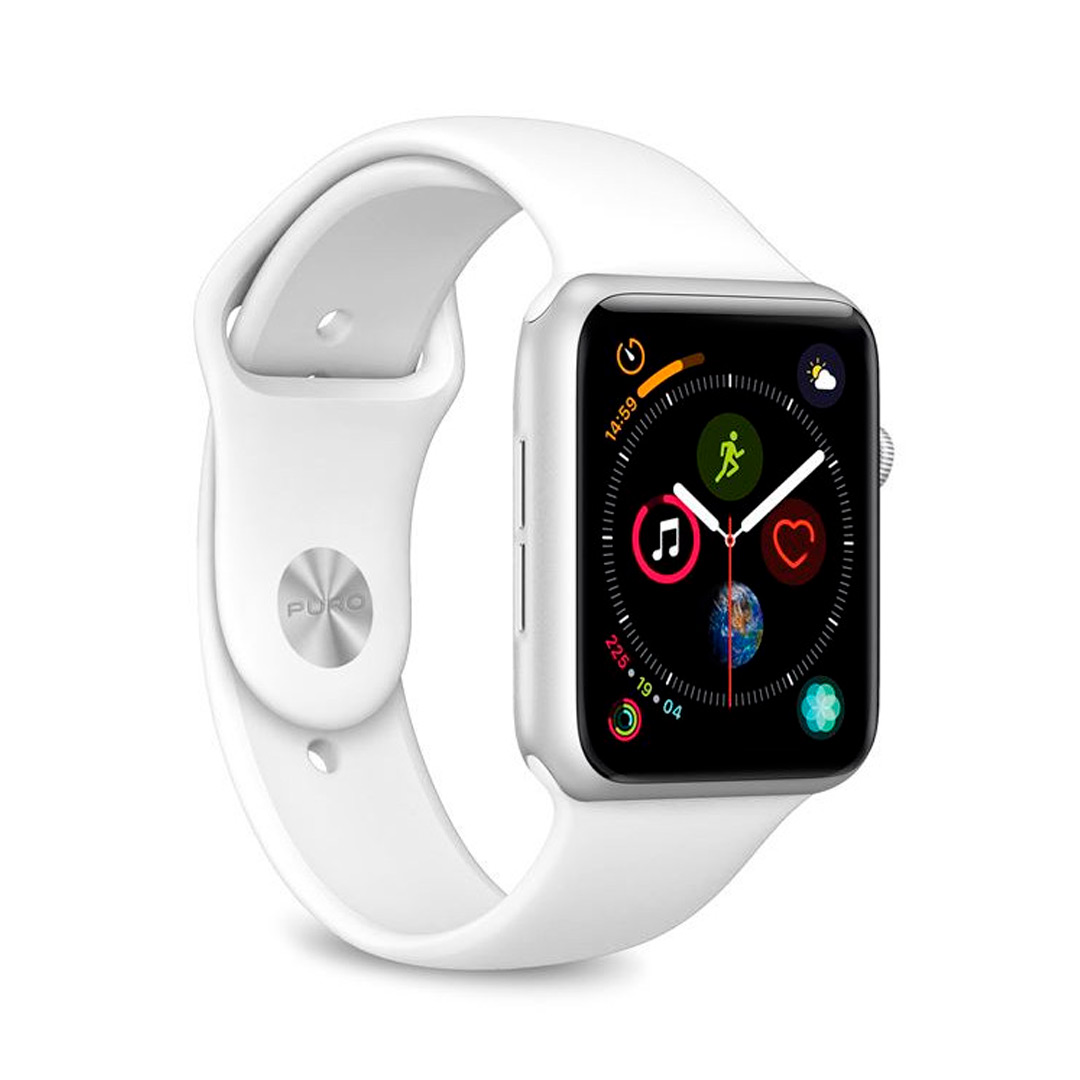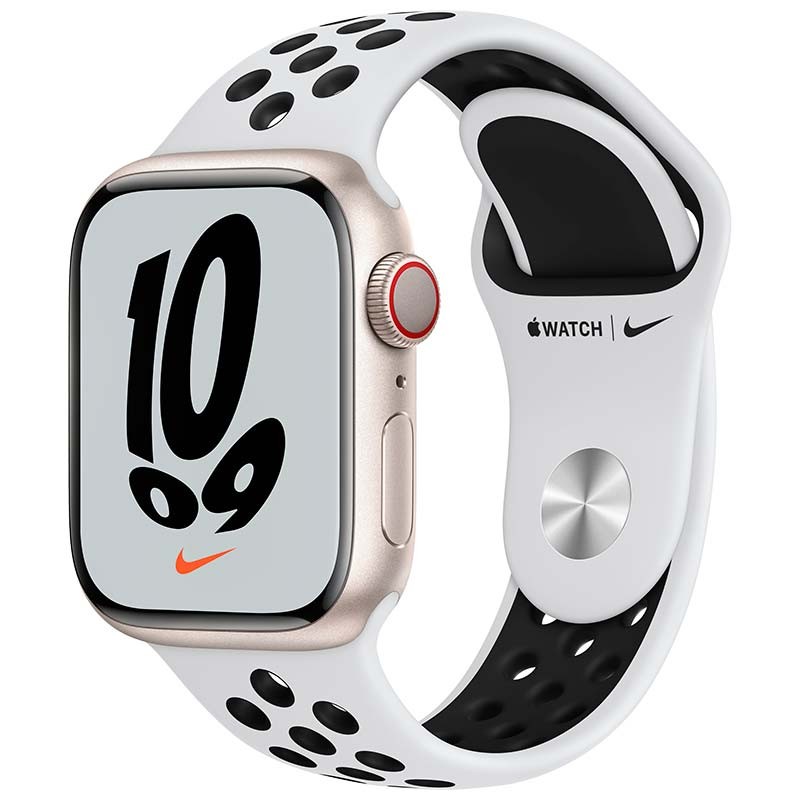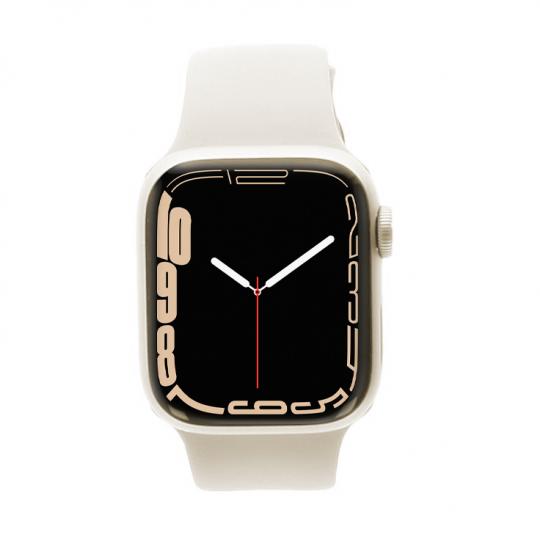
Apple Watch Series 7 GPS 45mm aluminio blanco estrella correa deportiva blanco estrella | asgoodasnew
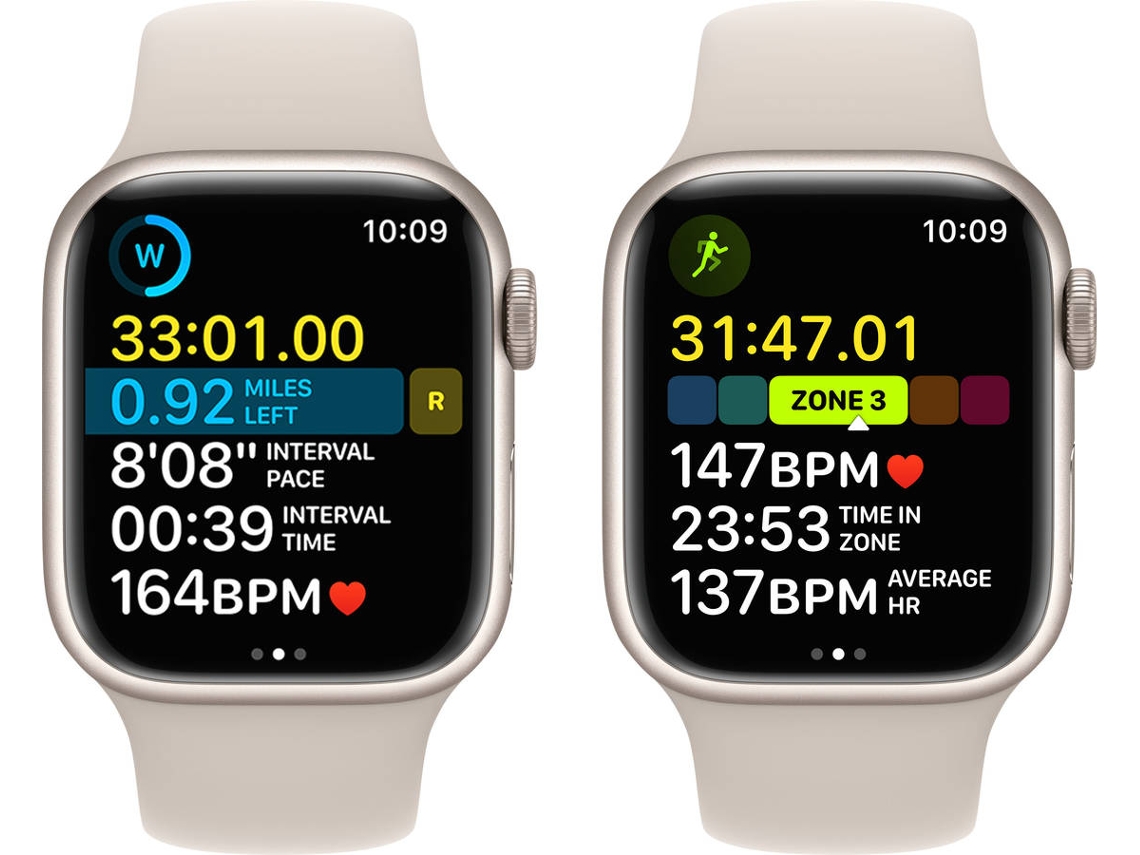
APPLE Watch Series 8 GPS 41 mm Blanco Estrella con Correa Deportiva Blanco Estrella | Worten Canarias
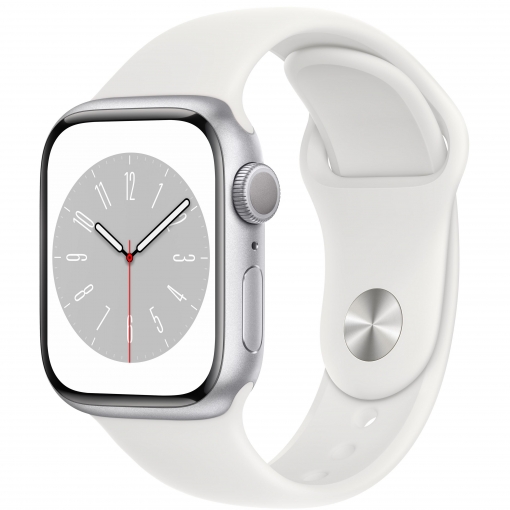
Apple Watch Series 8 GPS 45mm Caja de aluminio en plata con Correa deportiva Blanco | Las mejores ofertas de Carrefour
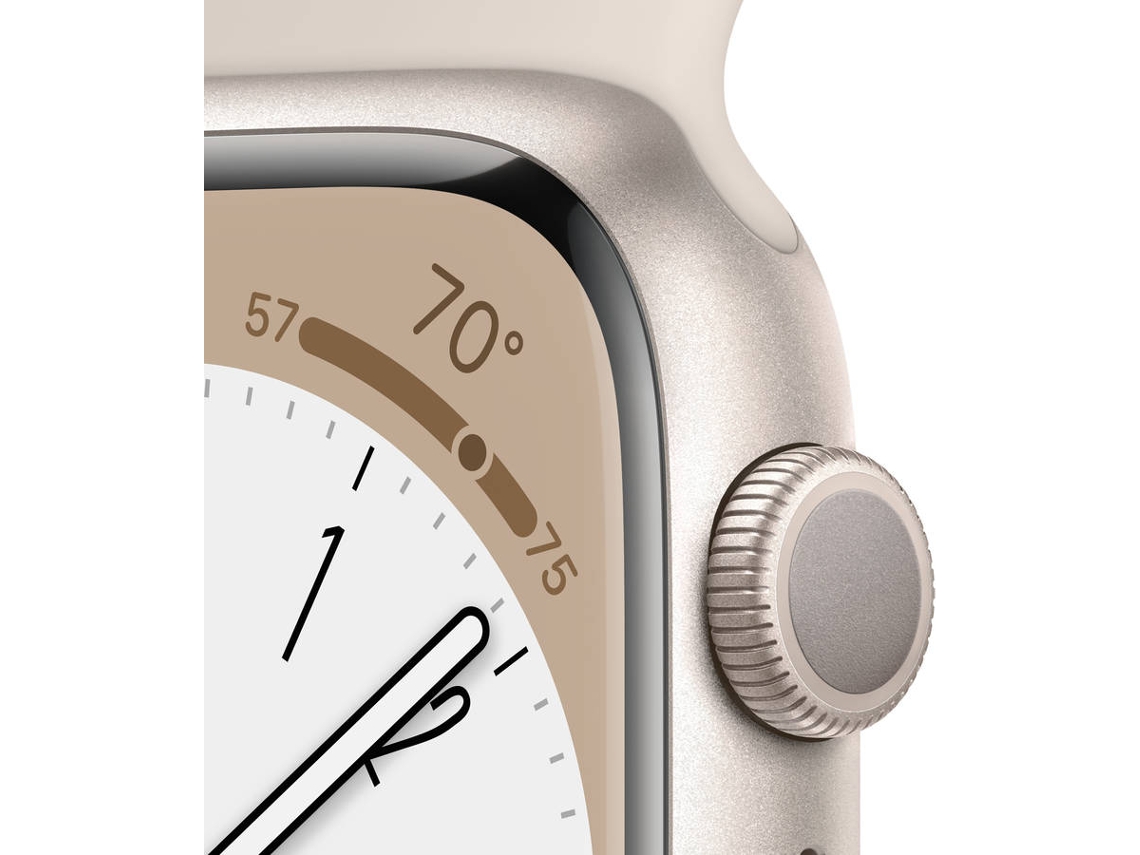
APPLE Watch Series 8 GPS 41 mm Blanco Estrella con Correa Deportiva Blanco Estrella | Worten Canarias

Apple Watch Series 8 (GPS) - Caja de aluminio en blanco estrella de 45 mm - Correa deportiva blanco estrella - Talla única - Apple (ES)
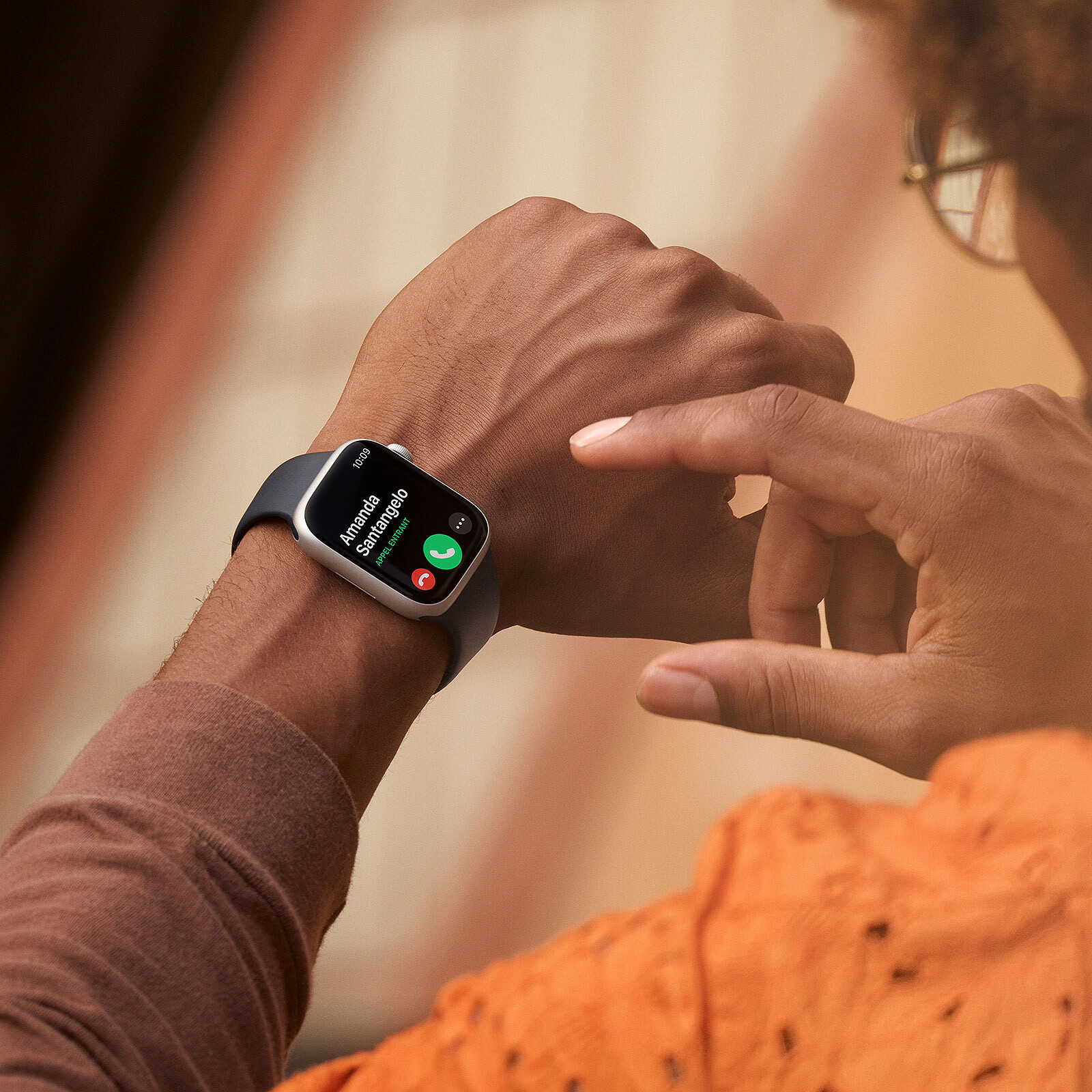
Apple Watch Series 8 GPS + Celular Banda deportiva de aluminio blanco 45 mm - Smartwatch Apple en LDLC

Apple Watch Series 8 GPS 41mm Caja de Aluminio con Correa Deportiva Blanco Estrella | PcComponentes.com

Apple Watch SE de 1.ªgeneración (GPS, 40mm) Reloj inteligenteaja con cja de Aluminio en Oro - Correa Deportiva Blanco Estrella - Talla única. Monitor de entreno y Actividad : Amazon.es: Deportes y

RELOJ APPLE WATCH SERIE 7 44 MM GPS A2474 BLANCO CON CARGADOR * ARAÑAZOS EN PANTALLA* | Tienda de segunda mano RealCash

Apple Watch Series 5 GPS+Cellular 40mm Caja de Acero Inoxidable en Plata y Correa Deportiva en Blanco, Reloj Inteligente (MWX42TY/A) | Compra online en eBay
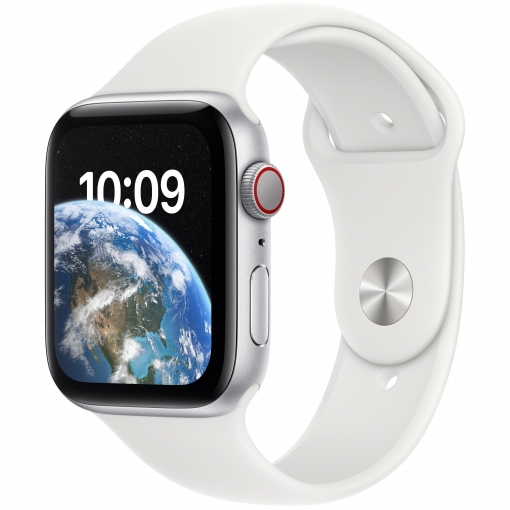
Apple Watch SE GPS 44mm Caja de aluminio en Plata con Correa deportiva Blanco | Las mejores ofertas de Carrefour

Apple Watch Series 8 (GPS) - Caja de aluminio en blanco estrella de 41 mm - Correa deportiva blanco estrella - Talla única - Apple (ES)

Apple Watch SE GPS 40mm con caja de aluminio en blanco estrella y correa deportiva blanco estrella · El Corte Inglés

Apple Watch SE (GPS) - Caja de aluminio en plata de 40 mm - Correa deportiva blanco estrella - Talla única - Apple (ES)

Apple Watch Ultra (GPS + Cellular, 49mm) Reloj Inteligente con Caja de Titanio - Correa Loop Alpine Blanco Estrella - Talla S. Monitor de entreno, GPS de Alta precisión, autonomía Extraordinaria : Amazon.es: Electrónica

Apple Watch Series 8 (GPS) - Caja de aluminio en plata de 41 mm - Correa deportiva blanca - Apple (ES)

Apple Watch Series 6 (GPS, 44 mm) Caja de Aluminio en Plata - Correa Deportiva Blanca : Apple: Amazon.es: Electrónica

